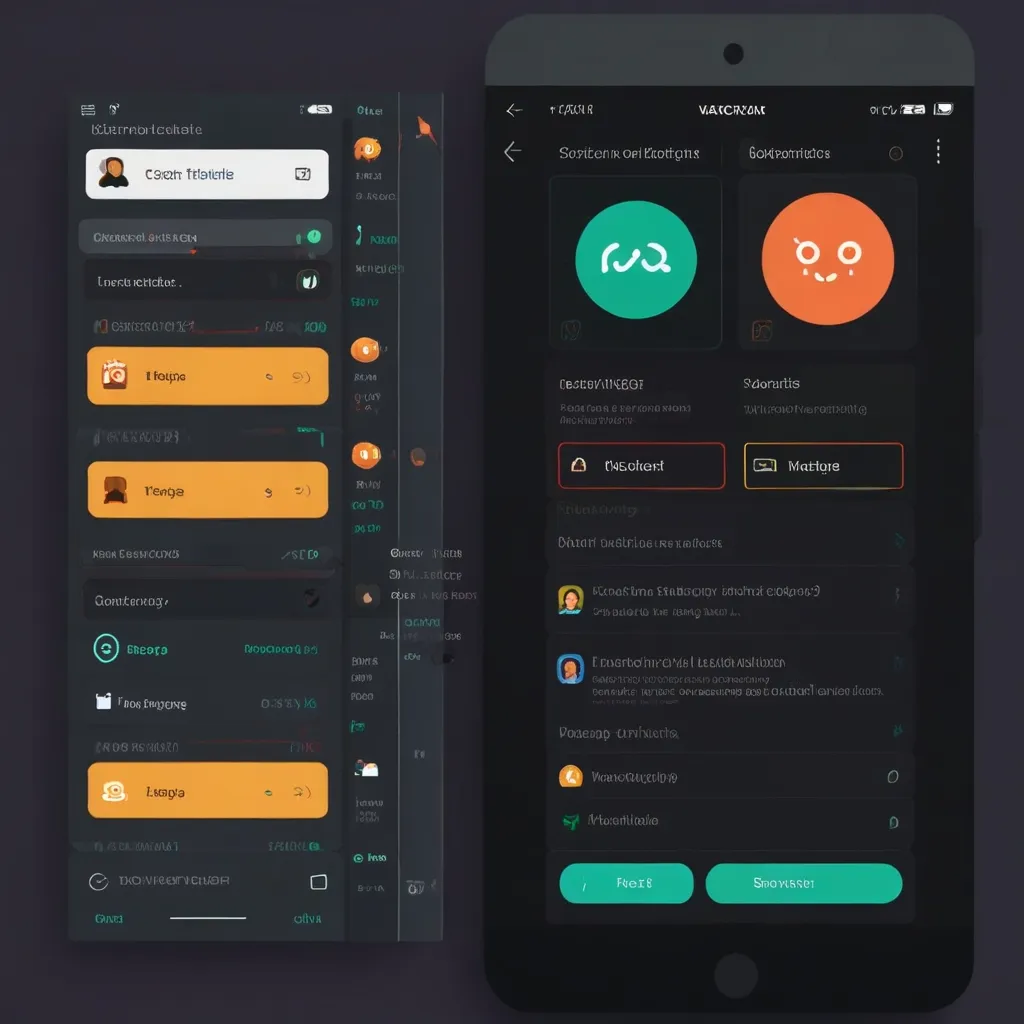Optimizing web applications can sometimes feel like navigating a maze. One of the best tricks in the book is compressing responses before they get to the clients. This drastically trims down the data size, boosting page load speed and giving users a smoother experience. Let’s break down the essential steps to serving gzipped responses using compression middleware, a must-know in today’s web development world.
When we talk about compression middleware, we’re mentioning a middleman that compresses data before it heads out over the internet. This backend superhero checks the Accept-Encoding header in the client’s request to see if the client can handle compression and which algorithms are in play. The big names in the game include Gzip, Brotli, and Zstandard.
Let’s simplify how this works:
-
The Client Makes a Request: The client shoots a request to the server with an
Accept-Encodingheader outlining the compression algorithms it can hang with, likeAccept-Encoding: gzip, br. -
Middleware Steps In: This is where our compression middleware checks the header to see if any of the supported algorithms match those the client can handle. If the client can’t handle compression or if the header is missing, it skips this part.
-
Compressing the Response: Assuming the client is cool with compression, the middleware then compresses the response using the chosen algorithm. For instance, if Gzip is listed, it compresses the data using Gzip.
-
Sending Back Compressed Data: The data doesn’t just head back compressed; it gets a
Content-Encodingheader letting the client know which compression method was used, likeContent-Encoding: gzip. -
Client Decompresses the Response: On the client’s end, it decompresses the received data and gets everything ready to render.
Now, setting up this compression middleware depends on the tools or frameworks in use. Here’s a quick glance at a few examples:
Traefik: With Traefik, you can set up compression using labels or configuration files. For instance:
labels:
- "traefik.http.middlewares.test-compress.compress=true"
- "traefik.http.middlewares.test-compress.compress.includedcontenttypes=application/json,text/html,text/plain"
- "traefik.http.middlewares.test-compress.compress.minresponsebodybytes=1200"
This snippet turns on Gzip compression for any application/json, text/html, and text/plain content types, but only if their size exceeds 1200 bytes.
Http4s: In the Http4s world, the GZip middleware gets the job done. Check this out:
import org.http4s._
import org.http4s.dsl.io._
import org.http4s.server.middleware.GZip
val service = HttpService[IO] {
case _ => Ok("I repeat myself when I'm under stress. " * 3)
}
val zipService = GZip(service)
val request = Request[IO](Method.GET, uri("/"))
val acceptHeader = Header("Accept-Encoding", "gzip")
val zipRequest = request.putHeaders(acceptHeader)
val response = zipService.orNotFound(zipRequest).unsafeRunSync
Here, the GZip middleware compresses the response after wrapping the service, and then it sends the request with the Accept-Encoding header.
ASP.NET Core: For those on the ASP.NET Core train, the ResponseCompressionMiddleware is the go-to:
var builder = WebApplication.CreateBuilder(args);
builder.Services.AddResponseCompression(options =>
{
options.EnableForHttps = true;
});
var app = builder.Build();
app.UseResponseCompression();
app.MapGet("/", () => "Hello World!");
app.Run();
This setup activates response compression which supports default MIME types and providers like Gzip and Brotli.
There are solid reasons to jump on the compression middleware bandwagon:
Trimmer Data Transfer: Compressed responses are lighter, so they travel faster through the internet, speeding up page loads and giving users a snappier browsing experience.
Lower Bandwidth Use: Smaller data sizes mean less bandwidth usage, a boon for everyone, especially those with data caps or limited internet access.
SEO Perks: Quick-loading pages can shoot your site up in search engine rankings as speed is a key factor for better search engine optimization.
However, it’s not all sunshine and rainbows. Here are a few things to consider:
Client Compatibility: Always double-check that the client can indeed decompress the response. If not, they might get a garbled mess instead of the intended content.
Size Thresholds: Compressing tiny responses can backfire. The compression headers may end up making the responses bigger. So, only compress responses above a certain size.
Server Load: Keep an eye on your server’s performance. Compression can add a computational load, which might slow things down if your server isn’t beefy enough to handle it.
Let’s put this theory into practice with a FastAPI example, which is a beloved Python framework. Sometimes, clients can trip over decompression due to header misconfigurations. Here’s a straightforward setup:
from fastapi import FastAPI
from fastapi.middleware.gzip import GZipMiddleware
app = FastAPI()
app.add_middleware(GZipMiddleware, minimum_size=1000)
@app.get("/")
def read_root():
return {"message": "Hello World!"}
In this case, GZipMiddleware gets added into the FastAPI app, and it’ll compress any response over 1000 bytes.
In conclusion, knowing how to serve gzipped responses using compression middleware isn’t just a helpful trick; it’s a game-changer for web development. Getting into the groove of how this compression works and setting it up correctly ensures faster, leaner, and more efficient web applications. From Traefik to Http4s, ASP.NET Core, and beyond, the principles remain consistent: check client support, set things up properly, and be mindful of server load. With these tips in your toolkit, your web application’s performance will be sleek and swift, delivering content like a breeze.






